|
Around 1200 BC, the great Hittite empire and Mycenaean Greece were swept into oblivion in a series of natural disasters and the ruinous march of the Sea Peoples. We call this period the Bronze Age Collapse. While the empires of Assyria and Egypt endured the collapse, albeit in a much-reduced state, the world afterwards entered a dark age of sorts. Literacy vanished across Greece and the Hittite Empire, and the complex political infrastructure of the Bronze Age's heyday became a forgotten art. From this smoky aftermath new, smaller kingdoms gradually arose all around old Hittite and Greek lands. In Greece, a people known as the Dorians came to the fore and flourished, many centuries later, as the Greeks of the Golden Age (think Athens, Plato, Pericles et al.) In Anatolia - the vast old Hittite heartland - the Phrygians, the Carians and the Kingdom of Urartu rose to prominence. But the Hittites had not vanished from history completely. In the last throes of the Bronze Age Collapse, a small group of Hittites (sensibly) fled their old lands, leaving behind their ancient capital of Hattusa and heading east in search of shelter. They came to northern Syria, and specifically the river city of Carchemish - once a mere border viceroyalty of the Hittite throne, ruled by one of the king's cousins and far from the Anatolian heart of the empire. Now, the city was all that remained. Carchemish became - in effect - a life raft for Hittite culture and custom, preserving them through the Sea Peoples' devastations and the ensuing dark age. Geographically, Carchemish made for a perfect safehaven - fortified, and shielded on one side by the River Euphrates, it had a reputation for being 'unbreakable'. Indeed, It had for centuries previously served as something of a Hittite border fortress and a perfect vantage point to guard a ford across the Euphrates and to watch for any military activity over on the (Assyrian) far banks. More, sited over 100 miles from the Mediterranean coast, it was comfortably distant from the shore attacks of the Sea Peoples, and far enough up-country to be missed by the brunt of their later inland assaults. This enclave of refugees did endure, and went on to form what we call the Neo-Hittite Kingdoms - a collection of allied mini-states. Indeed, circa 1100 BC - around one hundred years after the Sea Peoples had faded from the scene - the Assyrian King Tiglath-Pileser, refers to Ini-Tesub, the king of Carchemish, as a "King of Hatti" (in other words, the King of the Hittites). In another inscription, while passing through the city of Malatya - a good one hundred miles north of Carchemish - Tiglath-Pileser identifies it as being "in the land of Hatti", so the Hittite enclave had clearly expanded. Some of the relief art found at Carchemish is quite striking - clearly a blend of the original Hittite style mixed with the artistic flair of their near neighbours (and eventual conquerors) the Assyrians. Examples can be seen below: And of course, we soon arrive in the Biblical era, where the Canaanites, Abraham and Hebron, speak of a strange hill people in the near north. They describe these people as the "Sons of Heth" (Heth being the name of a patriarch amongst the hill tribes), or "The Hethites". Indeed, it is from this Biblical reference that we get our modern name "The Hittites" (the people we call Hittites actually referred to themselves as "The People of the Land of Hatti"). Hittite rule in that small northern Syrian kingdom did not last forever, eventually falling prey to the resurgent Assyrians by the 8th century BC. However, the echoes of their ancient culture remains to this day. Indeed, the Republic of Hatay ('Hatti') - the most southeastern province of modern Turkey and situated around Neo-Hittite lands - is but one quiet echo of the greatness that once prowled around Anatolia and Syria, some 3,000 years ago.
1 Comment
Around 1200 BC, a great migration of peoples occurred - a shadowy multitude of many different tribes and cultures who roved violently across the near east upon a mighty fleet of bird-prowed ships. The Egyptians - one of the few powers who survived their assaults - dubbed them as 'the Sea Peoples'. 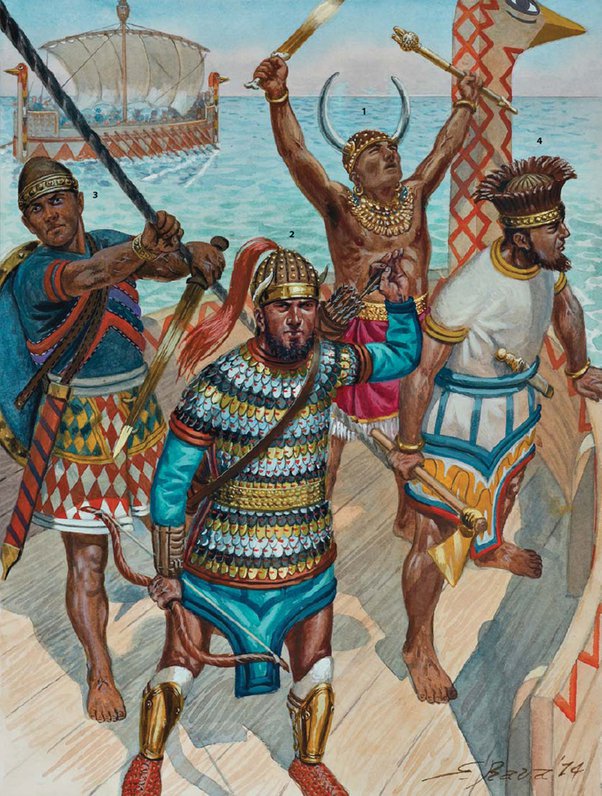 A depiction of the Sea Peoples by the inimitable Giuseppe Rava. Here we see 1: a priest; 2. an aristocrat; 3 & 4. warriors of the 'Ekwesh' - one of many tribes amongst the Sea Peoples mass. A depiction of the Sea Peoples by the inimitable Giuseppe Rava. Here we see 1: a priest; 2. an aristocrat; 3 & 4. warriors of the 'Ekwesh' - one of many tribes amongst the Sea Peoples mass. Amongst the many Sea Peoples tribes were: The Sherden, The Peleset, The Ekwesh, The Teresh, The Lukka, The Shekelesh, The Meshwesh, The Kariska, The Denyen, The Tjekker, The Weshesh (yes, many of those names sound like they should be pronounced with no teeth in!) Together, this huge host descended from the north and the west in a series of waves, and proceeded to churn the near east into oblivion. Within a period of forty to fifty years at the end of the thirteenth and the beginning of the twelfth century almost every significant city in the eastern Mediterranean world was violently destroyed, many of them never to be occupied again. The Timeline of DestructionThe First Wave, circa 1230 B.C
The Second Wave, circa 1200 B.C.
"The people were disturbed in their islands. All at once nations were moving and scattered by war. No land stood before their arms, Not the Hittites, Cilicia, Carchemish, Arzawa nor Cyprus. They were all laid to waste. They desolated the people of Amurru, and its land was like that which has never come into being. They were coming for Egypt. Their confederation was the Peleset, Tjekeru, Shekelesh, Denyen and Weshesh lands united. They laid their hands upon the lands as far as the circuit of the earth, their hearts confident and trusting: ‘Our plans will succeed!" 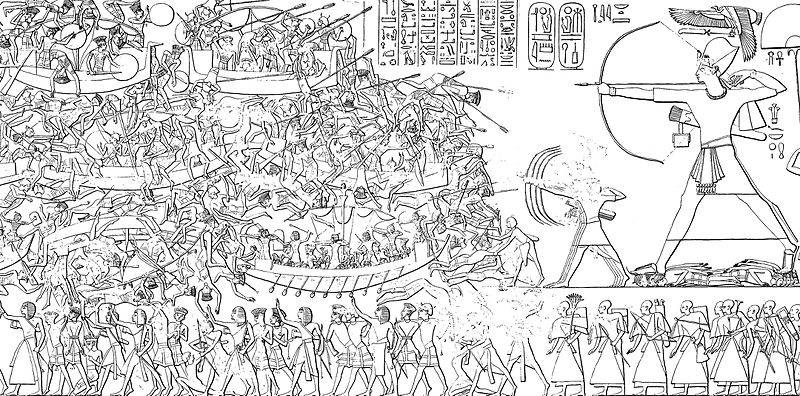 The reliefs at Medinet Habu, showing Ramesses III and his Egyptian forces fighting off a huge swell of Sea Peoples at the Battle of Zahi. Puzzlingly, while Ramesses' associated writings identify five Sea Peoples tribes being involved, these accompanying representational scenes seemingly represent only two (Horned Sherden and feather-hatted Peleset or Lukkans). Who were the Sea Peoples?This is probably one of the most enigmatic questions in history, and while I certainly don't expect this blog to provide a definitive answer, I hope my speculation proves interesting. The Sea Peoples origin theories range from:
I can state with some confidence that the Sea Peoples were not, as per the first theory, "Bloodthirsty Invaders". We must remember that this happened in the decades known as the Bronze Age Collapse, a time when - amongst other things - a mighty drought had gripped the world. The starvation attested by the Hittite tablets would have been widespread across much of Europe and the near east. If anything, hunger is likely to have been the thing that spurred the Sea Peoples to march in search of food and a better home. In other words, they were almost certainly a symptom of this Collapse, not a cause. Most plausibly, they were a loosely united host of tribes and states struck earliest and hardest by the drought and the storm of ruinous earthquakes that accompanied it. E.g. the peoples in Greece, Thrace and western Anatolia, and even those from Italy, Sicily and Sardinia too. In short, a mix of the "Great diaspora" and the "Greek Diaspora". Indeed, there are some depictions of what looks like Greek armour and the Egyptian depictions of the Sea Peoples - see the section at the end of the blog for imagery. I should pause to point out that, while most historical discussions (this blog included) tend to focus on the destruction associated with the Sea Peoples, this does not mean that they were a violent people per se. In my opinion, the violence that followed the Sea Peoples' advance was most probably just another sad repetition of how mass migrational movements - of hungry and frightened people - often play out. Desperation and a stark lack of charity inevitably lead to conflict. Now, let's have a look at the individual tribes associated with the Sea Peoples' movement: The TribesThere are many speculative theories on the identities of the individual Sea Peoples tribes. What follows is a selection of the most interesting, along with a few of my own takes: The Sherden The Sherden are probably the most famous of the Sea Peoples factions, distinguished by their distinctive horned helmets. They had been involved in small-scale piratical raids on the eastern coasts for generations before the age of collapse. Indeed, the legendary Egyptian Pharaoh Ramesses II even retained a small guard unit of Sherden. He said of their earlier, smaller raids: "The unruly Sherden whom no one had ever known how to combat, they came boldly sailing in their warships from the midst of the sea, none being able to withstand them. But where did they come from? All we know from Ramesses III's writings is that they originated north of Egypt. Pretty vague! They may have originated from Sardinia (Sherden-ia), or perhaps they later settled there, giving that island their name and ending their days of migration and raiding. The Shekelesh In 8th c BC - some four centuries after the Bronze Age had ended - Greeks colonising Italy arrived on the island of Sicily. Here they encountered a group called the Sikels, whom they believed had come to Italy after the Trojan War (which probably occured very close to or during the Bronze Age Collapse and the Sea Peoples' movement). Perhaps these Sikels arrived in Sicily and gave the island its name after the collapse... or maybe the island had always been the home of the Sikels, and these ones the Greeks met were the indigenous remnant - the ones who had not set off on the Sea Peoples' movement. Reliefs suggest the Shekelesh warriors carried two spears and no shield, wore a gold medallion, and a bronze skullcap or cloth headdress. The Lukka Fairly easy one this - the Lukkans originated from the region in southwestern Turkey, known in the later Classical Age as 'Lycia'. It seems that the Lukkans were somewhat wild - a people with no king, but many tribes. Bordering on Hittite lands, they were at times friendly with the Hittite King, other times not so much. Also, as legend has it, the Lukkans came to Troy's aid in the Trojan War. The likelihood is that the Lukkans either rose in support of the Sea Peoples' movement, or - more likely in my opinion - were swept along by it (after having their already drought-stricken lands ravaged by the invaders, there wasn't much option but to join them) The Denyen / Danuna There is a strong likelihood that the Denyen were the core of the Mycenaean Greek refugees. In The Iliad, Homer sometimes referred to the Greeks as "Danaans" - a term supposed to cover all of the many city states that Agamemnon had mustered for his siege of Troy. The Peleset There are a few theories as to the origins of the Peleset - Crete and Anatolia being two mooted homelands. Generally it is thought that they originated somewhere in that region. I personally can't help but see the similarity in the name "Peleset" with the Greek city state "Pylos". This is just more conjecture, but with so little evidence to work with, it is not implausible. Also, the feathered tiaras the Peleset wore can be plausibly linked back to the southern stretches of Greece (where the city of Pylos was). Interestingly, after the Battle of Zahi, some Peleset were taken captive in Egypt and settled in Pharaoh's northeastern border regions to farm and patrol those lands. These people eventually became known as the Biblical Philistines. The Weshesh, the Tjekker & the Teresh I've grouped these three together because there are theories associated with each that they *might* have been Trojan diaspora, possibly swept along in the Sea Peoples' movement in the same way the Lukkans were. That they fought with short swords, long spears and round shields and sported 'hoplite-like plumes' on their helmets suggests they might have originated from Trojan/Aegean lands at least. Also, a mummified Teresh servant found in the court of Ramesses III still shows fair hair, sugesting he was most probably not of Egyptian or African origin. The Tjekker might have been:
The Weshesh might have been:
The Teresh might have been:
Maybe none of these three groups were Trojans, maybe all were. We will never know for sure. Yet legend remains that one Trojan group - having survived the Trojan War - then went on to escape the Sea Peoples' rampage and the fall of the Bronze Age. Eventually , as the story goes, they settled in northern Italy, founding the Etruscan civilization from which Rome would one day rise. With this in mind, one can consider another theory - given the similarity in the names - that the Teresh might have been the refugees from the fallen Greek city of Tiryns. I'm playing with possibilities here, but legend also has it that Diomedes, King of Tiryns and a key Greek player in the Trojan War, also sailed to northern Italy after the Bronze Age Collapse, and was something of a rival to the Trojan settlers there. All of this is hopefully food for thought. Please do leave your comments below. Thanks for reading!
|
AuthorGordon Doherty: writer, history fan, explorer. My Latest BookArchives
March 2023
Categories |
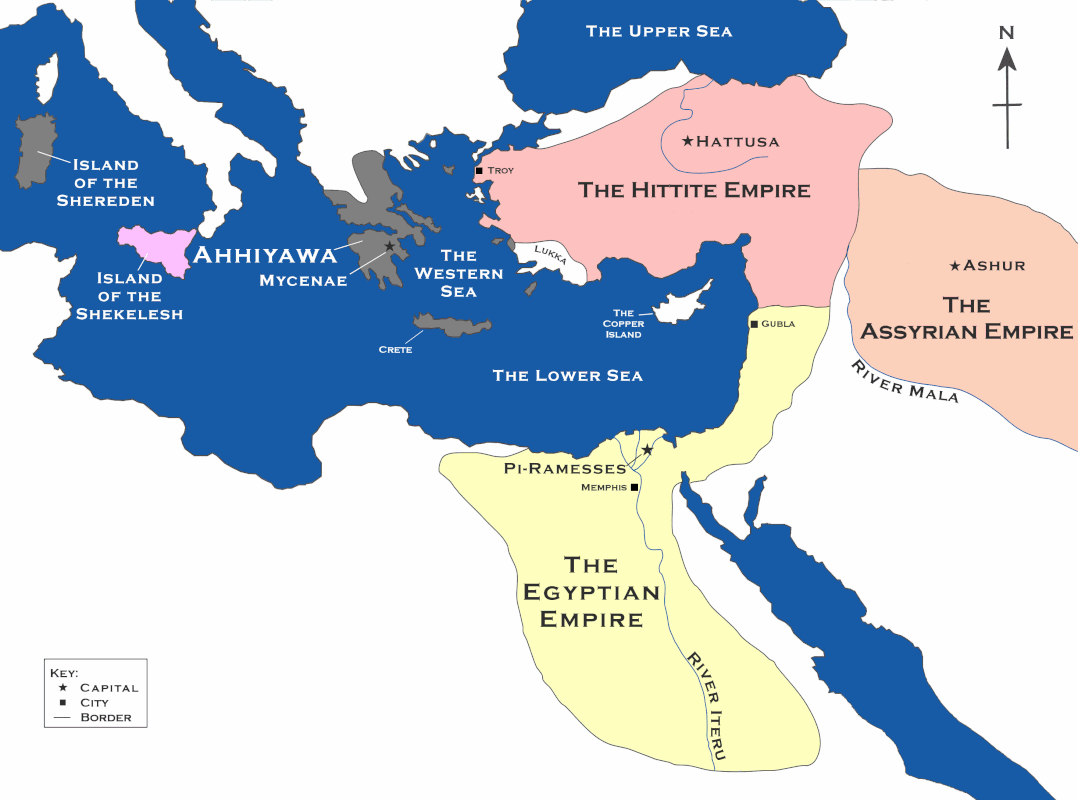
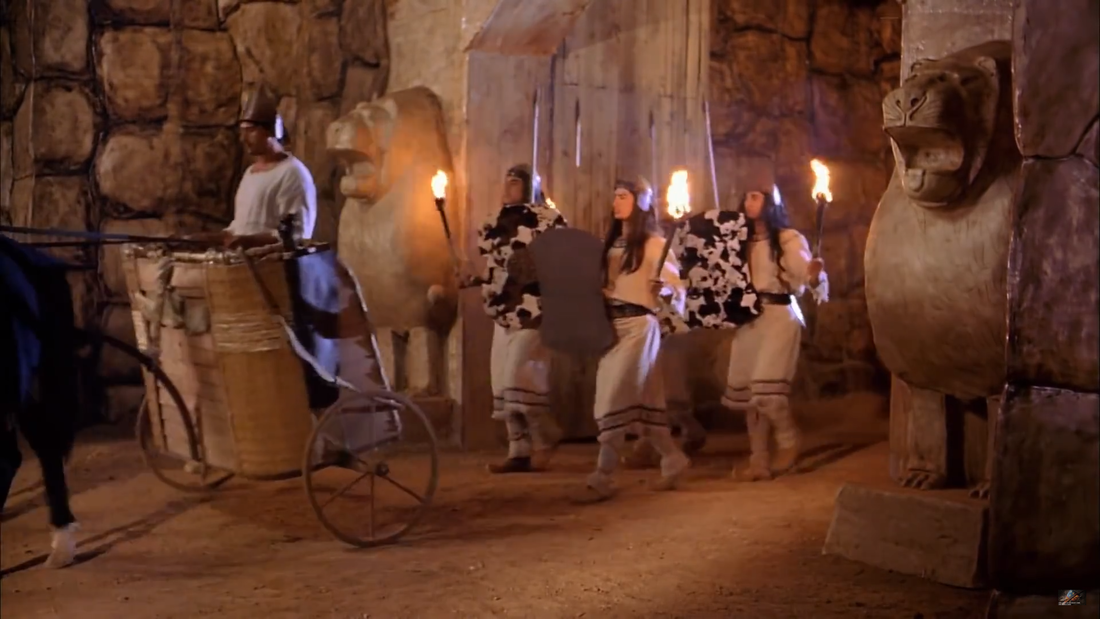
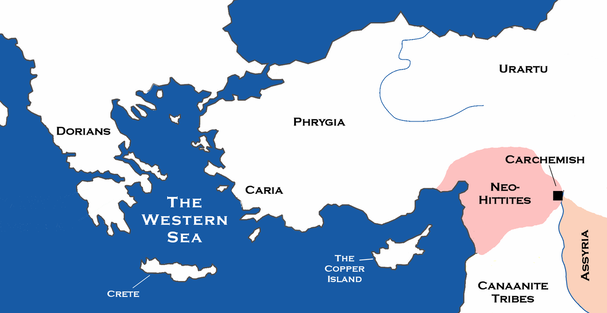

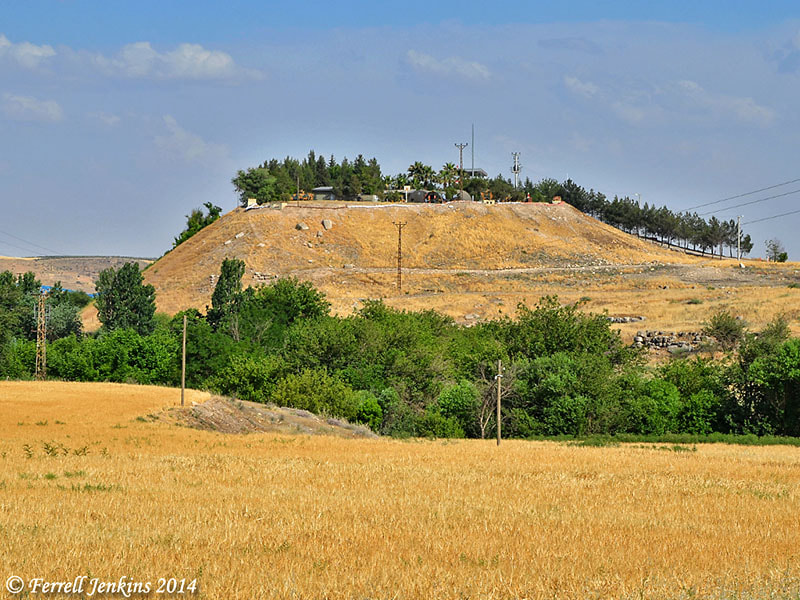
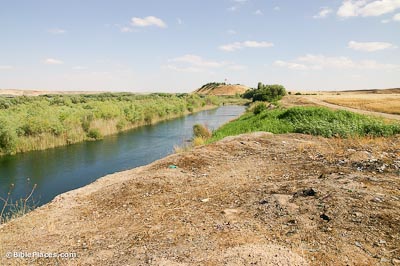
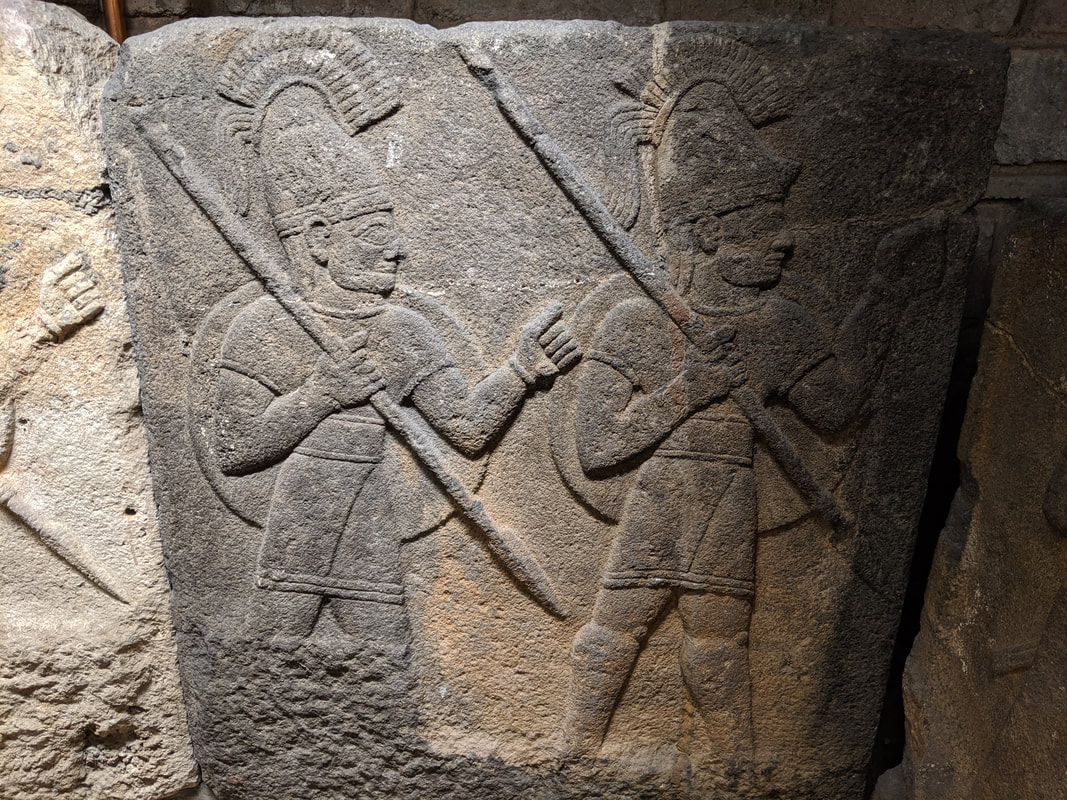
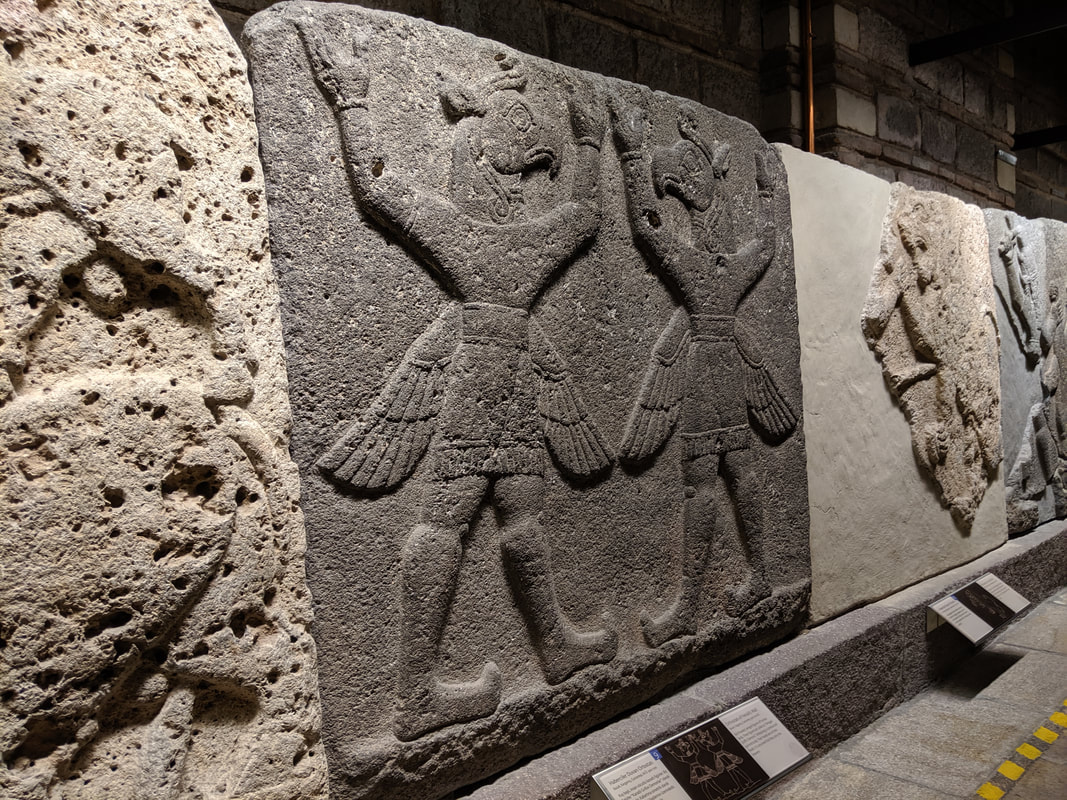
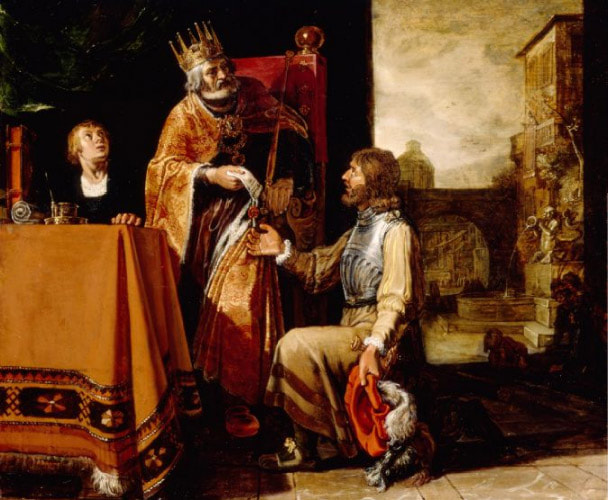
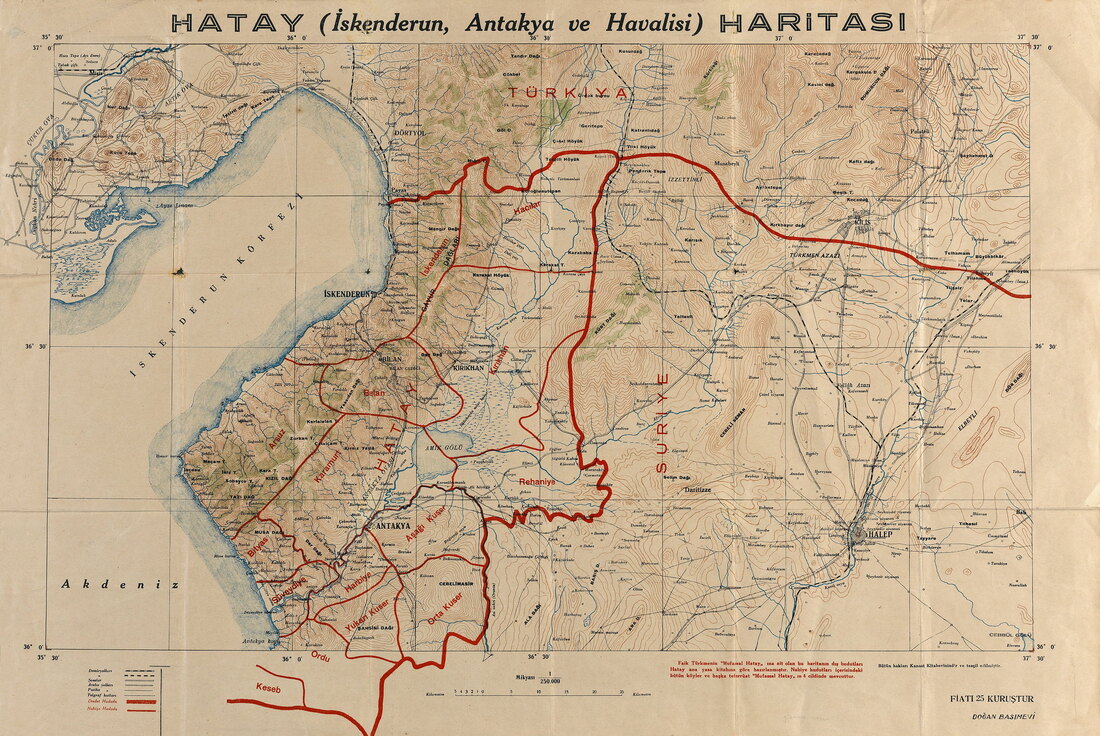

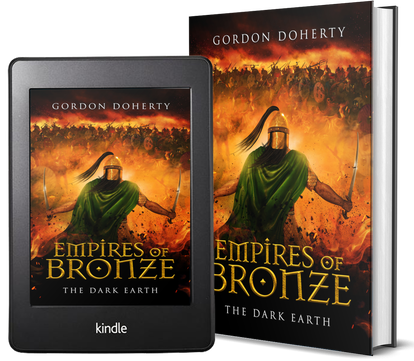
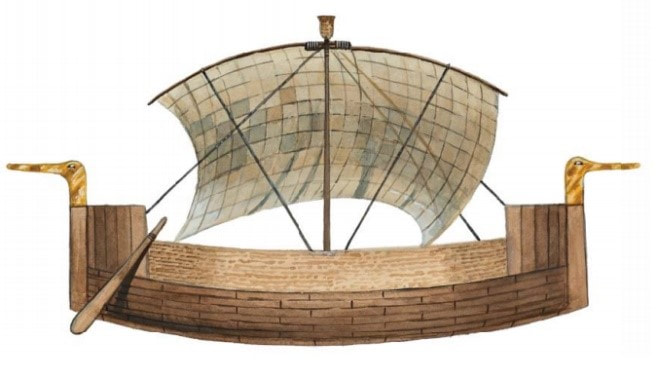
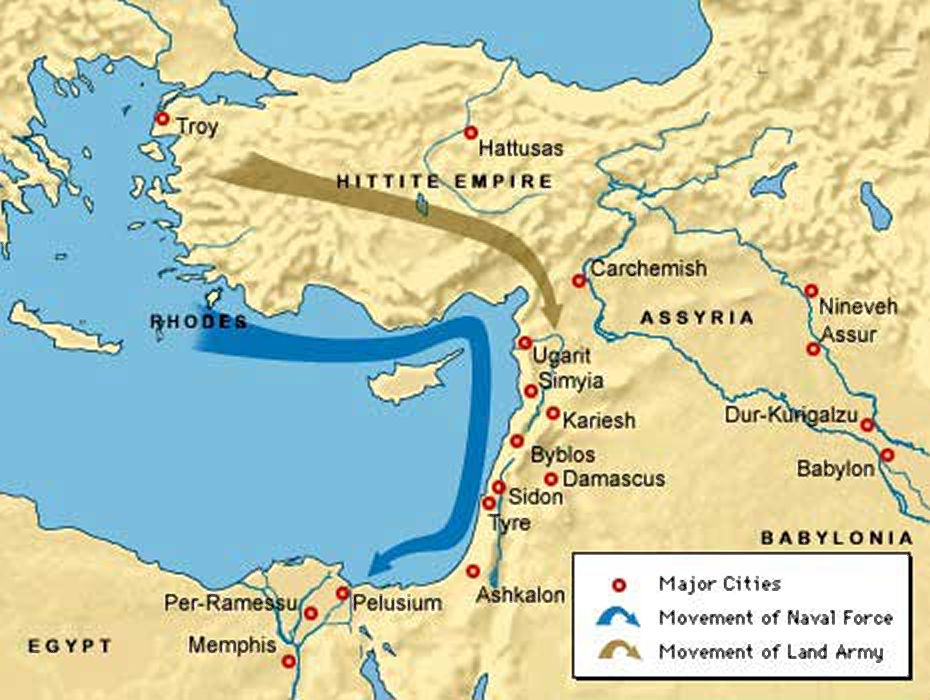
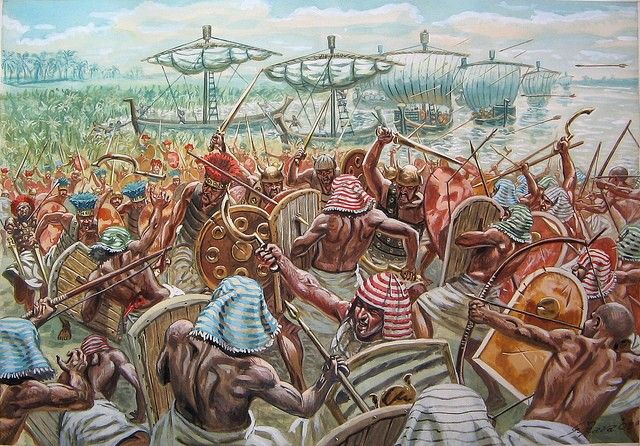
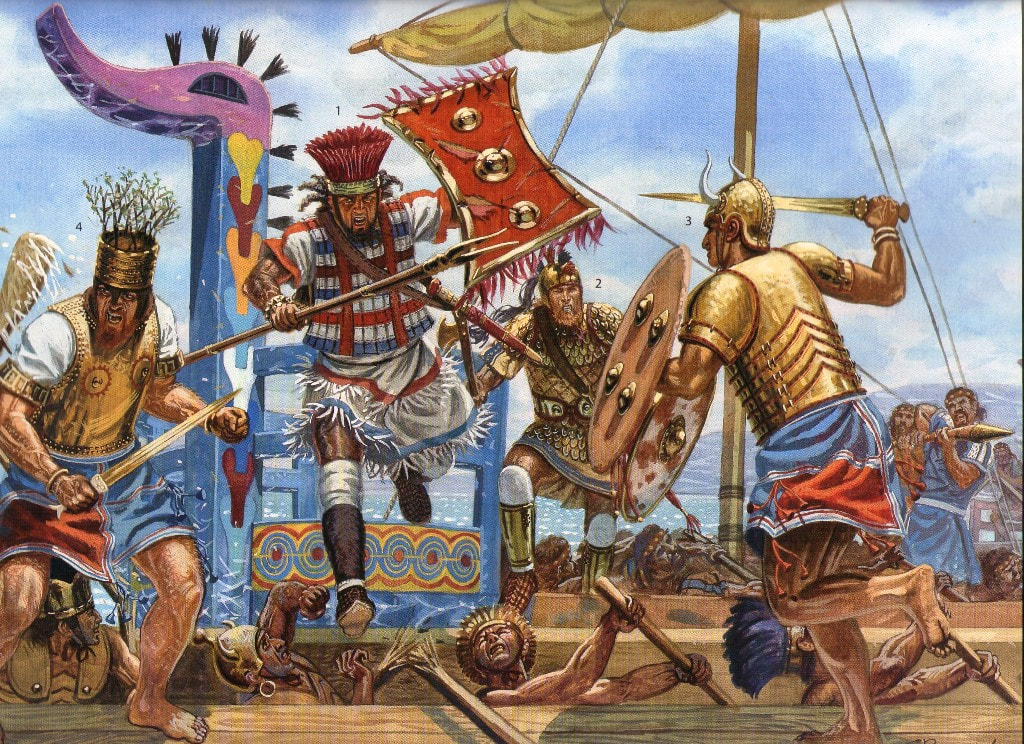
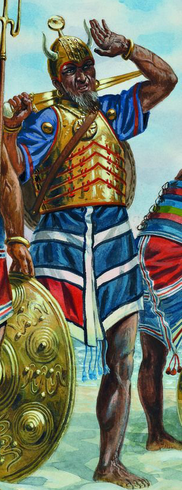
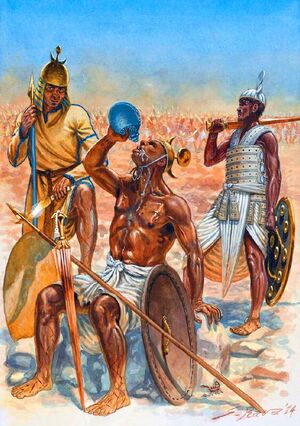
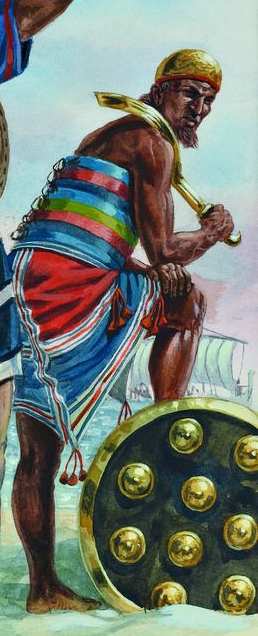
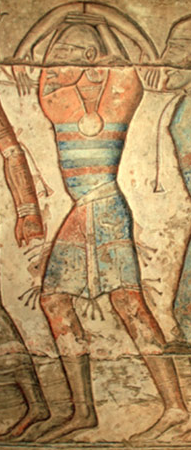
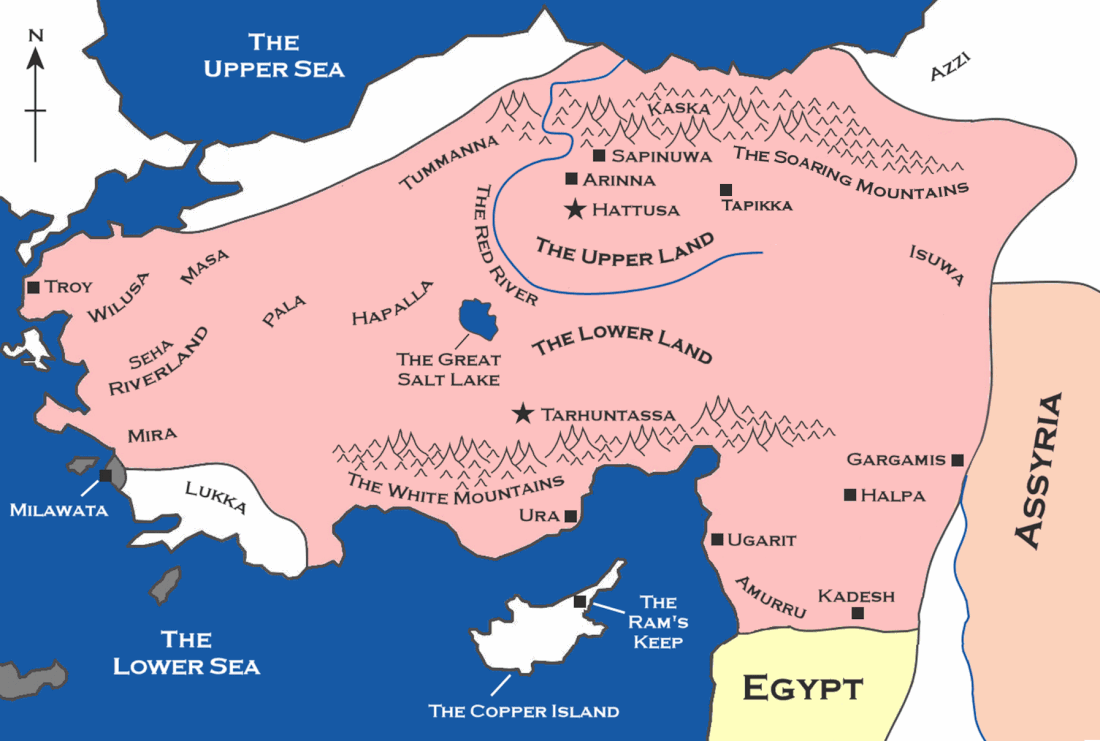
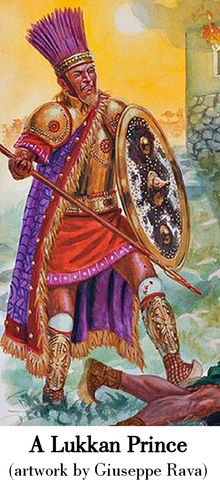
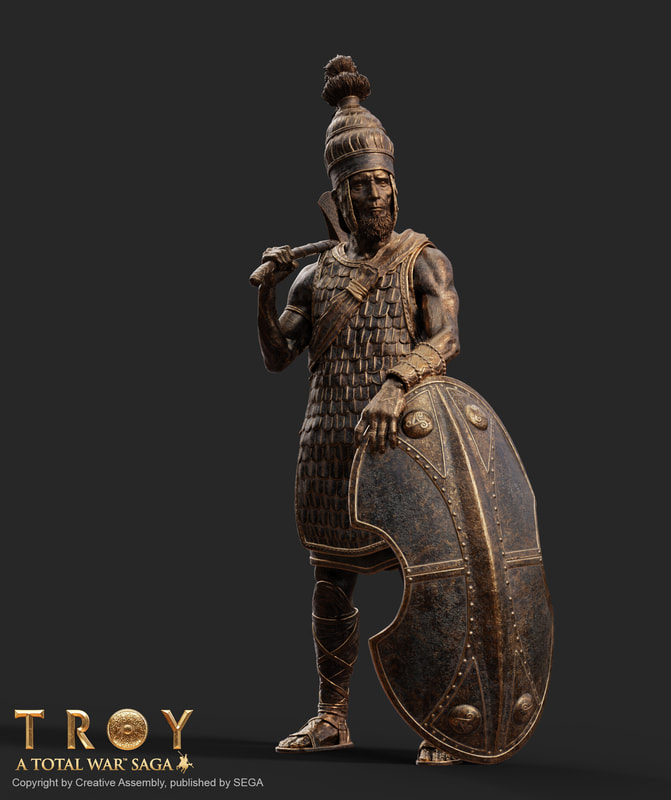

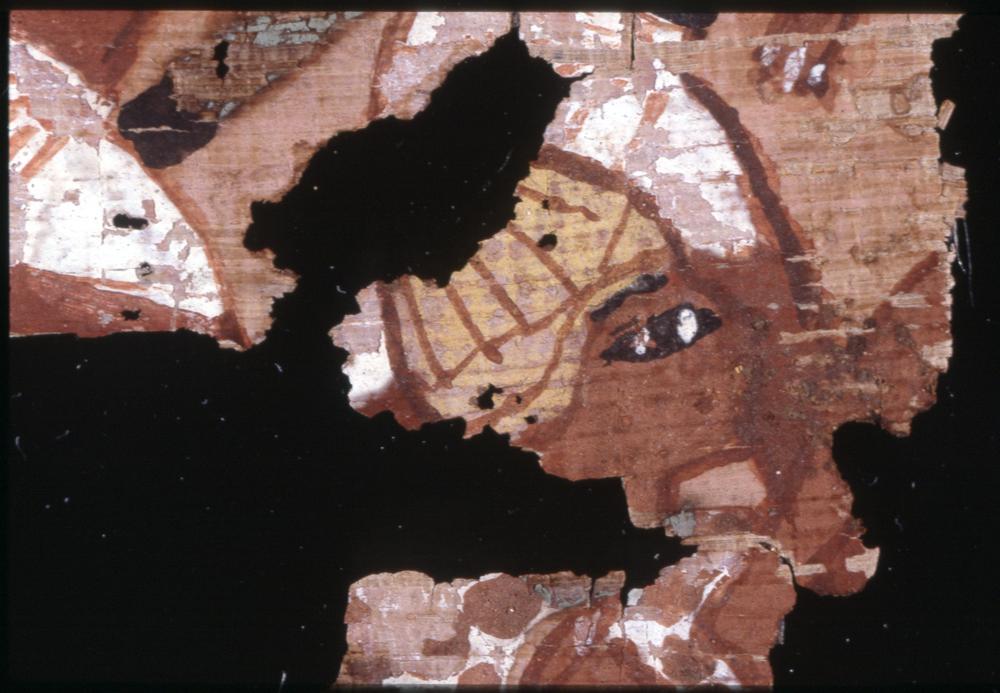

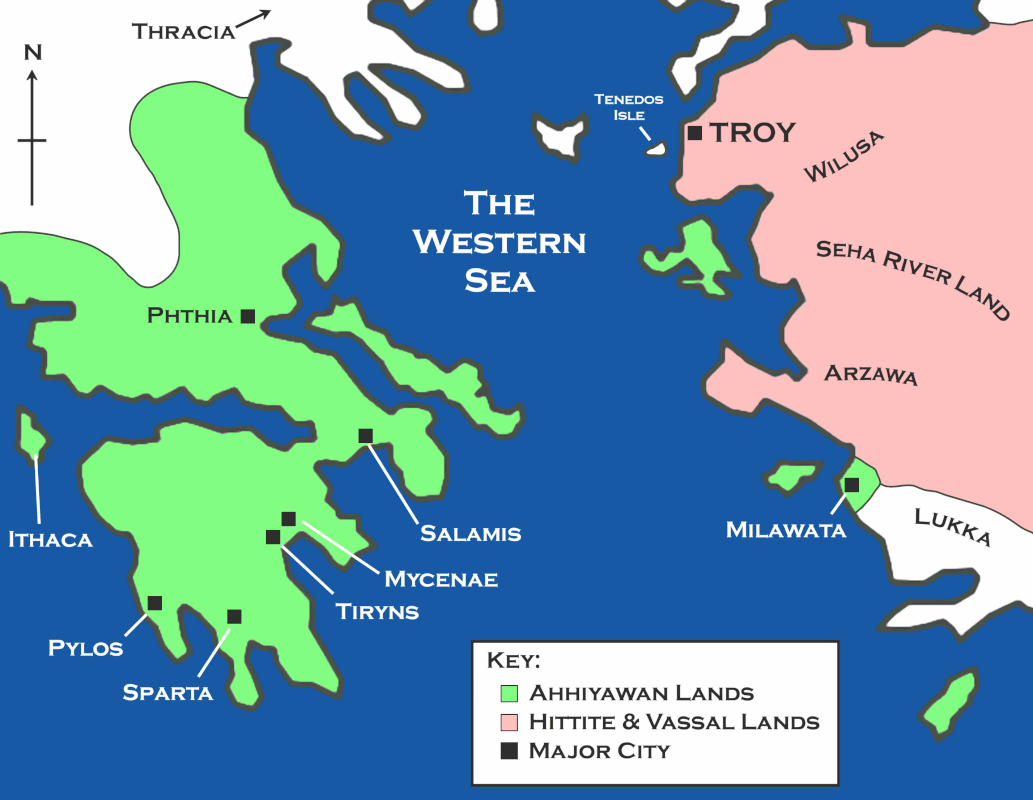
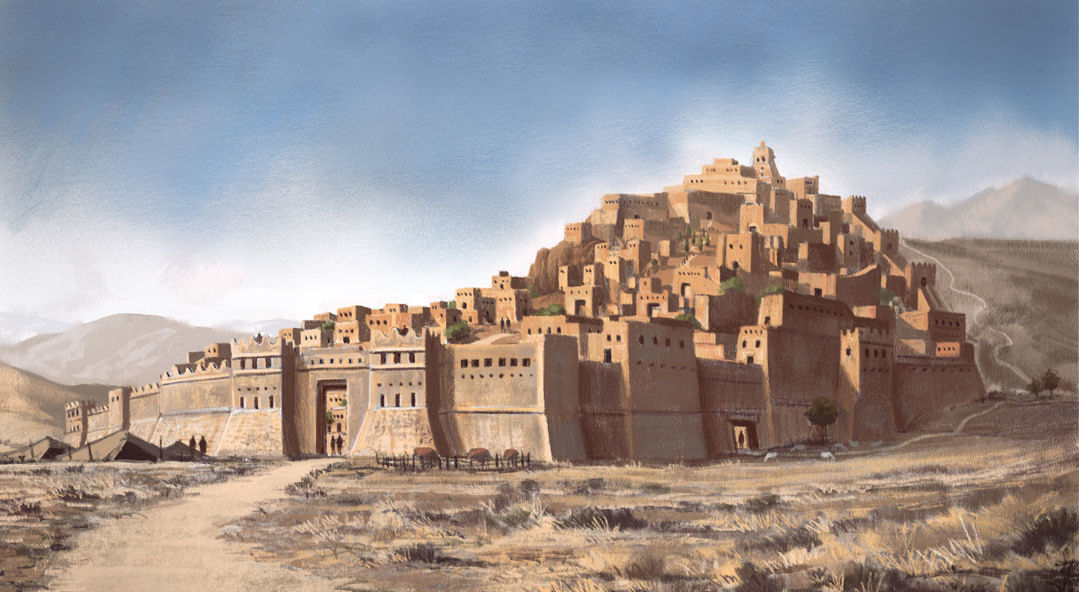
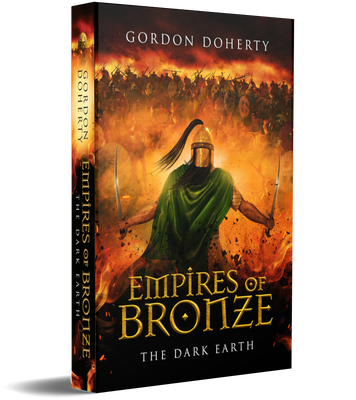


 RSS Feed
RSS Feed